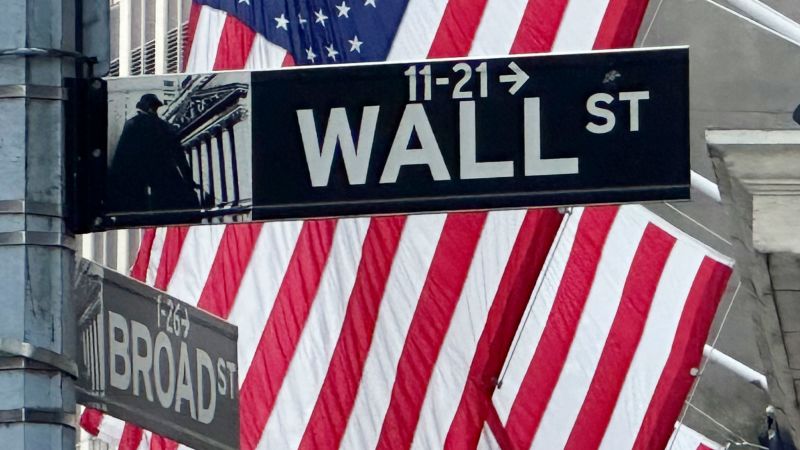A version of this story appeared in CNN Business’ Nightcap newsletter. To get it in your inbox, sign up for free, here.
Financial markets have a way of responding to chaos that often feels icky.
Tragedy strikes and traders (or trading algorithms) sniff out a way to make money off of it. On Jan. 6, 2021, with the Capitol in chaos, the Dow closed at a record high. Stocks also went on a tear as Covid-19 killed millions and gutted economies across the globe.
This isn’t because Wall Street is full of psychopaths who want to watch the world burn. (Or at least, it’s not only because of that.) Investors make cold calculations moment to moment with a single focus: How will this affect the bottom line of the companies in my portfolio?
So what should we make of the stock market rally on the first trading day after a US presidential contender was shot at? Don’t overthink it.
“The market’s up today, but the market’s up every day,” Steve Sosnick, chief strategist at Interactive Brokers, tells me. While there were some pockets of the investing world betting on the likelihood of a Trump 2.0 White House, Sosnick notes that equity traders are actually pretty bad at political probabilities. One thing they’re great at is figuring out how geopolitical events effect revenues, earnings and cash flow.
“In this case, it’s not really clear how this would impact the bottom lines of many companies,” he said. “Think of the other stocks that are leading the market higher. You have Apple up 2% — does that have anything to do with what happened to Trump? I don’t think so.”
Still, many traders will instinctively believe that the attempt on Trump’s life has the potential to improve his chances of winning in November, at least in part because that’s what happened to Reagan in 1981, Macquarie analysts said in a research note Monday. (Of course, the Reagan comparison doesn’t line up perfectly — the Gipper was early in his first term, was more seriously wounded, and the political divides of four decades ago were far less fraught — but we’ll roll with it as a historical point of comparison.)
Whether or not the political bump lasts, some traders did seize on the moment to double down on so-called Trump trades.
- Trump Media, a notoriously volatile stock that trades almost entirely on hype, surged 30%.
- Bitcoin, another volatile asset with questionable fundamentals, shot up 4%, as Trump is perceived as the more crypto-friendly candidate. Coinbase, the largest US crypto trading platform, rose 11%.
- Tesla, run by Trump-supporting Elon Musk, rose 2%.
- Gun makers Sturm Ruger and Smith & Wesson rose 5% and 11%, respectively.
- More Democratic-friendly sectors like solar energy and cannabis fell.
Of course, as the Macquarie analysts note, none of that should suggest political violence is in any way good for markets, which tend to do better when democratic institutions are, you know, not being uprooted at every turn.
And while Sosnick said he’s not seeing much of a reaction in the broader equities market to the Trump attack, there is at least one metric signaling some rising expectations for Trump’s reelection, and that’s the Treasury Futures Curve. (Stay with me now, I promise to make this brief.)
US Treasury bond yields rose sharply shortly after the June 27 presidential debate — a disaster for President Joe Biden — and again on Monday, because bond traders bet that a second Trump presidency seemed more likely. And those traders expect a second Trump administration to impose policies associated with higher inflation and wider deficits, implying more bond issuance, the Macquarie analysts note. In short, when the yield curve gets steeper, that’s a sign bond traders are nervous.
“To me, that is the clearest sign that more clear-headed investors have changed their probability, but not dramatically,” Sosnick said. “Clearly, the Treasuries are speaking, but they’re not yelling.”
Read the full article here




